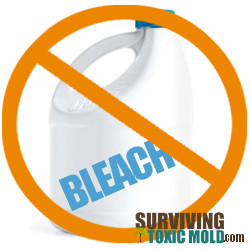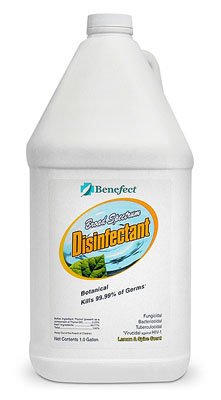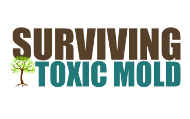Extreme Dangers of Using Bleach to Clean Toxic Mold
 The question always arises at the first site of anything that looks like mold: Should I use bleach to clean mold? Here are several reasons NOT to use bleach to clean mold!!!
The question always arises at the first site of anything that looks like mold: Should I use bleach to clean mold? Here are several reasons NOT to use bleach to clean mold!!!
When you combine bleach with certain mycotoxins, cleaning agents and VOC’s in the environment, (Volatile Organic Compounds), it will create neurotoxins and cancerous brain tumors.
Chlorine bleach (Also known as: Sodium hypochlorite is a chemical compound with the formula NaOCl. It is composed of a sodiumcation (Na + ) and a hypochlorite anion (ClO − ); it may also be viewed as the sodium salt of hypochlorous acid.) When dissolved in water it is commonly known as bleach or liquid bleach. has been classified as a hazardous chemical. It contains 5.25% sodium hypochlorite (NaOCl) and water. It is way too dangerous for common use in homes yet you see all of the "Fluffy" commercials about a certain "brand" of bleach that Moms should wash all their laundry with. This is probably the worst case of dangerous marketing our society as ever seen.
Chlorine reacts to VOC's already present in the environment you are using it in AND it creates even more VOC in a total load in that environment according to a study documented on the US National Libray of Medicine/National Institute of Health. You can read the study here showing how using bleach (FOR ANY REASON) can be important in terms of inhalation exposure to carbon tetrachloride, chloroform and several other halogenated VOCs. One of the most surprising results was the presence of carbon tetrachloride (a probable human carcinogen and a powerful greenhouse gas that was banned for household use by the U.S. Food and Drug Administration) in very high concentrations (up to 101 mg m(-3))
What are the Experts Saying?
- OSHA (Occupational Safety and Health Administration) is a federal agency that gives strong warnings against recommending the use of liquid Bleach for mold remediation or even cleaning any kind of mold/mildew.
- The EPA (Environmental Protection Agency) has since edited their “A brief guide to mold and moisture and your home” so that it now excludes their previously stated use of bleach as a remedy to kill mold. In the EPA's new updated "Mold Course" online they specifically state that "Chlorine Bleach is NOT recommended" https://www.epa.gov/mold/mold-course-chapter-1 If these ruling agencies are making strong statements and retracting from previous advice given that tells us that they have used govt money to fund some pretty extensive laboratory studies. Let these studies be a warning to us all. NOT to use bleach around toxic mold.
-
A 2006 study by Oregon State University that was commissioned by Forest Products Journal (FPJ) used bleach to determine if it eliminated fungus. Increasing bleach concentrations from 2.5 up to 20 percent solution had no effect on the appearance of the wood following the wash treatment, nor did such treatments completely eliminate fungi from the wood surface.
It does not kill toxic mold but actually "grows mold" at a more rapid rate after application
Chlorine Bleach is designed to "rinse" or "wash away" bacterias, viruses and fungi on "non-porous" surfaces. (glass, metal, porcelain) Chlorine Bleach is "NOT" designed to "soak into". Mold spores are like trees in that they spread their roots deep into porous surfaces or porous items. (wood, wallboard, carpet, fabric, paper, bedding etc...)
Bleach is made of 94.75% water. The chlorine stays on the surface and the rest of the 94.75% of the water goes into the porous holes and "waters" the toxic mold. THIS is what "fuels" the mold to return with a rage. The toxic mold will grow at a much faster rate now that you have essentially "watered" it. Remember, toxic molds love moisture.
The surface may look very clean because you've "bleached" it (basically changed the color) and not killed the spores. The water then gets into the roots via the porous material and the roots grow deeper, stronger and will return worse than ever before.
NEVER USE BLEACH TO CLEAN MOLD
So what can I use? See our article on ammonia here:

 The question always arises at the first site of anything that looks like mold: Should I use bleach to clean mold? Here are several reasons
The question always arises at the first site of anything that looks like mold: Should I use bleach to clean mold? Here are several reasons 


